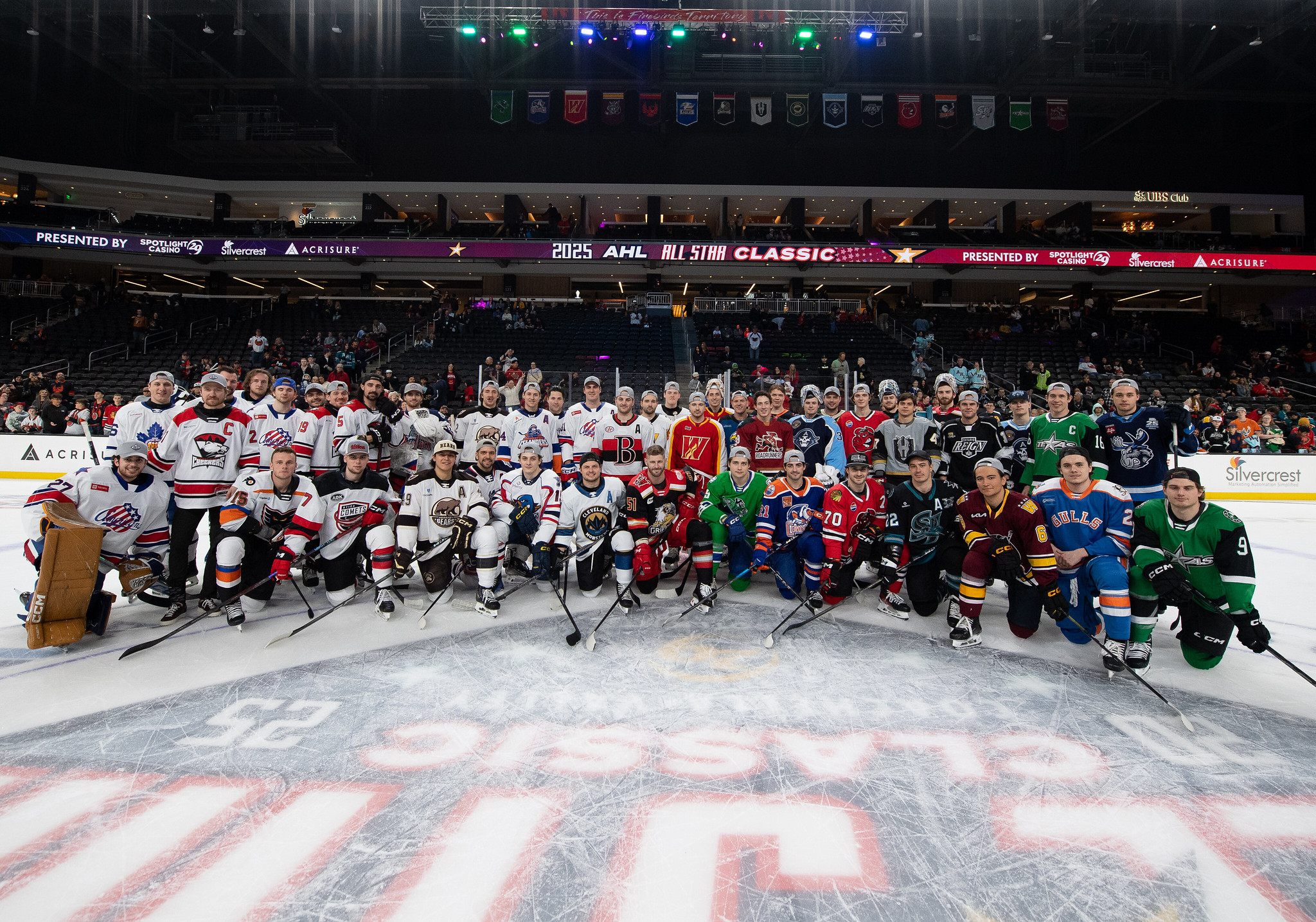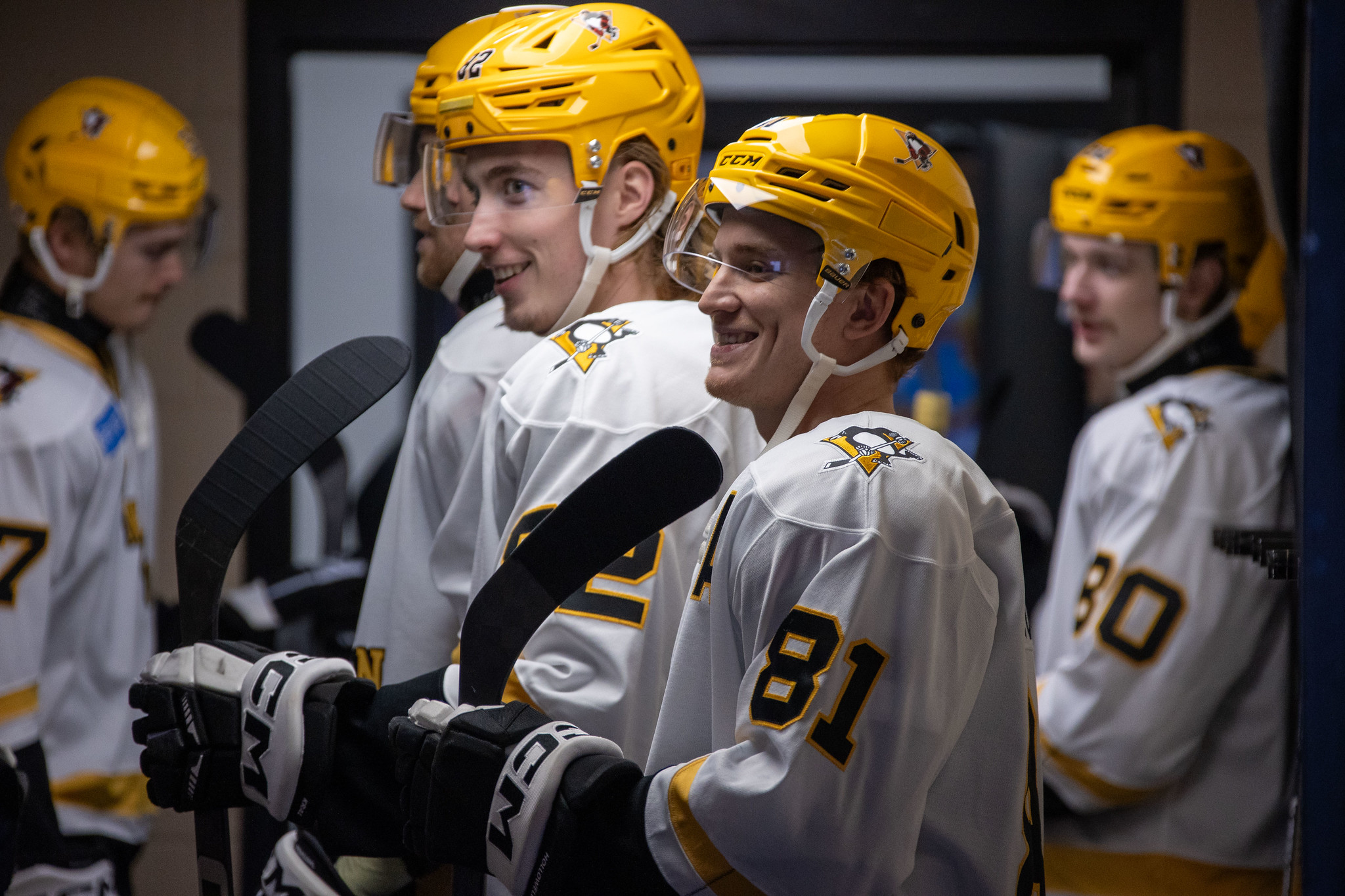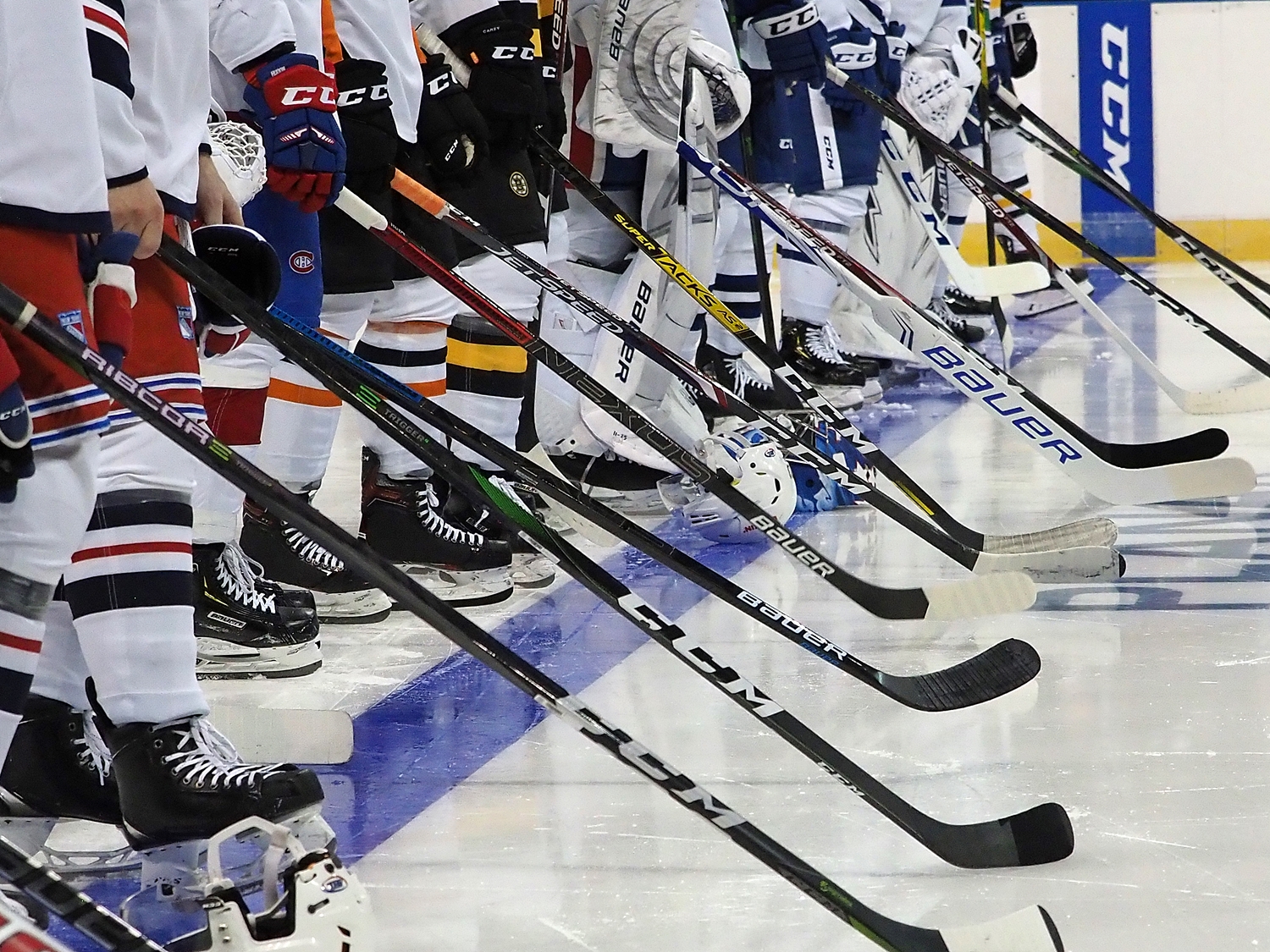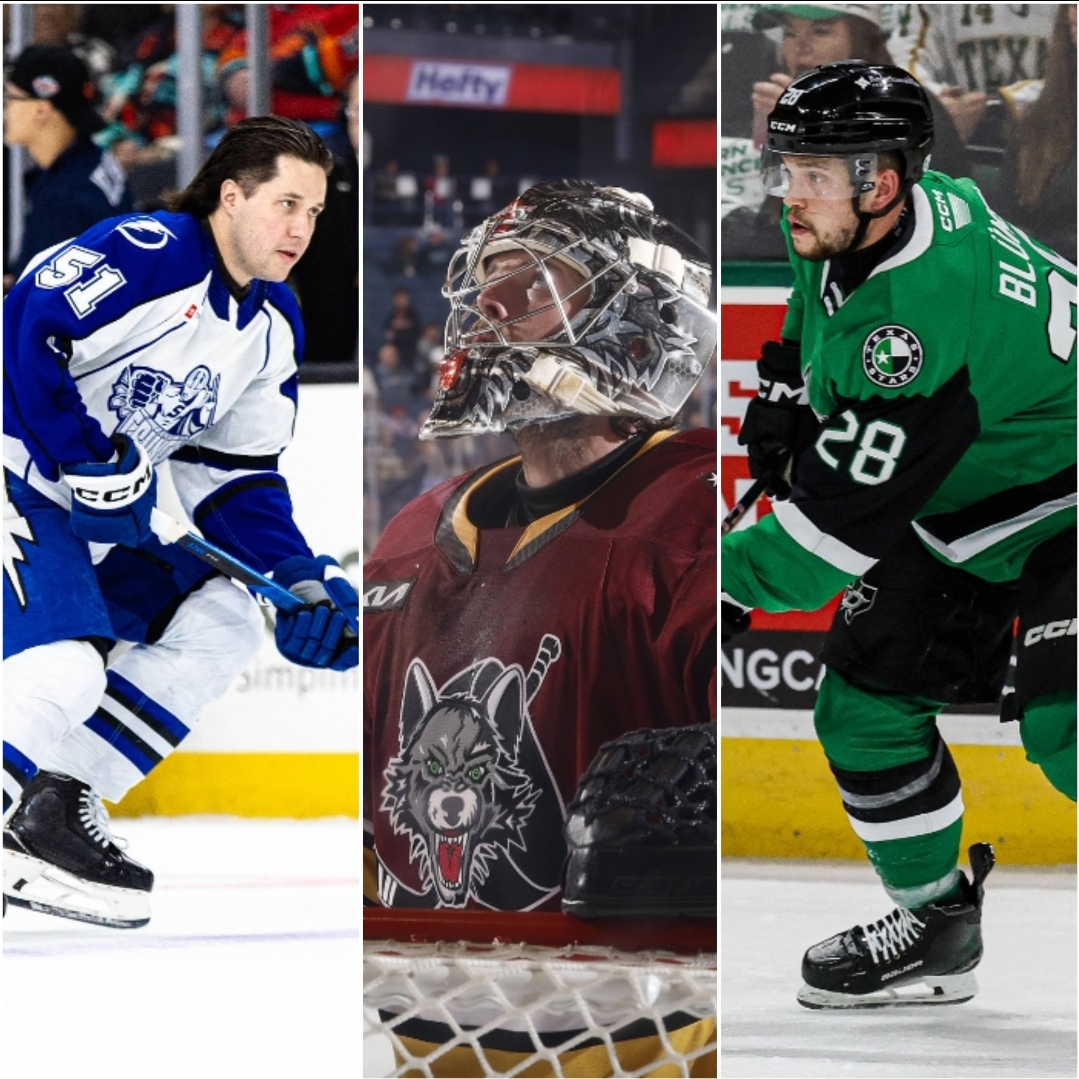
Season-Opening Storylines For The 2019-20 Manitoba Moose
Manitoba MooseConsider signing up for a subscription so we can continue to bring you exclusive first-reports, prospect features and stories from around the American Hockey League (AHL).
Quick. Easy. Support original journalism!
Winnipeg, Manitoba -- Ever since the 2015-2016 AHL season— when the Winnipeg Jets’ AHL affiliate started playing out of Bell MTS Place—the Manitoba Moose’s attendance figures have been on the decline.
Obviously, when True North Sports and Entertainment brought the Moose back to town, they knew that the city's AHL team wasn't going to captivate the city like it did between 2001-2011 when the Moose served as a marquee minor league affiliate for the Vancouver Canucks’ and played in front of sold-out crowds night in and night out. Times have certainly changed since then, as the city now has an NHL team to root for. The Jets are now the talk of the town and anyone else brought to the city would take a backseat to them, without question.
However, when the Moose first returned, it looked like they would be able sustain a presence within the city, based off the fact it was a cost-efficient product that was also affiliated directly with the city's NHL club.
While the Moose drew in pretty decent crowds in years one and two, the team wasn't very good. The Moose missed the playoffs by 29 points in their first season back in Winnipeg and while they’d go on to improve their point total the following season, they once again missed the playoffs by a wide margin (19 points).
Manitoba Moose Average Attendance FiguresData courtesy HockeyDB
2015-16: 7,2852016-17: 5,6562017-18: 5,2772018-19: 4,722
But after two dreadful seasons, the Moose turned things around for their 2017-2018 campaign. The Moose sat atop of the AHL’s standings throughout the year, finishing third in the Western Conference before getting knocked out in the second round of the playoffs. However, the Moose’s success that season took a huge backseat due to the Jets’ strong regular season and subsequent three-round playoff run.
“We like to play in front of full buildings,” former Moose forward Brendan Lemieux said bluntly after the team lost their first two home games in the second round of the 2018 playoffs. “We haven't had much of that this year at home."
A quick glance at year four could entail one to believe the Moose’s 2018-2019 season was a failure, with the team missing the playoffs by a mere two points. But it was the opposite, with the Moose bouncing back from a horrible first half of the season to go on an inspiring 28-14-3-2 run in the 2019 calendar year.
While the second half of last season will go on to be a building block for the current 2019-2020 season (more on that in a bit), the team still struggled to fill the stands. The problem for the Moose is that with the Jets looking poised to be an exciting team once again and with the WHL’s Winnipeg Ice arrival giving a city with less than a million residents a third hockey team, the Moose could have an even harder time getting fans out to games.
As year five of the Moose 2.0 gets underway, it would appear, on the surface, that there are so many reasons not to give a damn about the Manitoba Moose. However, in reality, there are so many reasons why now is the time to jump on the Moose’s bandwagon, if you haven't already.
And here’s a few reasons why.
Kristian Vesalainen
One of the best parts of watching AHL hockey is being able to see the stars of tomorrow, today.
Vesalainen, the Jets’ first round pick from the 2017 draft, has been re-assigned to the Moose for a second straight season and it looks like he’ll be in the AHL for the entire year, unlike last season which he split between the AHL and KHL (Jokerit) after suiting up for five regular season games with the Jets, at the beginning of the 2018-2019 season.
Jets fans didn't get to see much of Vesalainen last year, a product of him spending a good chunk of his season overseas. Along with the fact that he declined an invite to represent Finland at the World Juniors, which is typically the only time the average North American hockey fan gets a peak at European prospects throughout the season. His development plan in year one may have been unconventional, but he certainly garnered some valuable experience.
In the eight games of AHL action he suited up for before heading overseas, Vesalainen was a point-per-game player. While his offensive production may have sizzled out once he returned to the Moose in March, the Helsinki native tallied 0.59 points per game (through 22 games) in his first pro season—the sixth highest total amongst all AHL U-20 skaters (with more than 20GP).
With the Jets organization having a surplus of skilled forwards, it’s easy to forget about Vesalainen. However, the strides he made last year are super impressive, given his age.
“He could still be playing junior, right?” pointed out Moose forward Seth Griffith. “It’s definitely a transition but he’s handling it well. He [was a] highly drafted prospect. Being around last year, he knows what it takes now.”
And having been cut from the big club two years in a row, Vesalainen’s focus is on refining his game so that he can make that jump to the big leagues. Which is why the Moose aren't the least bit concerned that the Helsinki native has been held off the scoresheet throughout the Moose’s first four games of the 2019-2020 season.
“He’s trying really hard to play more of a complete game - offensively and defensively,” head coach Pascal Vincent explained. “It seems like right now he’s not creating much offensively, but his focus is on his stick and winning one-on-one battles, his routes and understanding the game, the way we want [him] to play.”
There’s no denying that Vesalainen—armed with an arsenal of offensive tools and a strong hockey IQ to go along with his 6’4 228 lb frame—has the skillset to become an effective power forward at the next level, but there’s more to making the jump from the AHL to the NHL than just offensive production. The 20-year-old forward is well aware of that, which is a sign of maturity.
“He’s coming here, getting on the ice early and he’s putting in the work. It’s great to see a guy like that coming to work every day,” said Griffith. “It’s not like the guy has a harp on him. It’s good when guys come back hungry.”
Once Vesalainen rounds out his game, which it doesn't appear will take too long, you’ll certainly be hearing more about the young Fin.
The Jets have invested in their AHL affiliate
One of the biggest reasons the Moose were so bad in those first two years was the lack of marquee veteran talent—aka “AAAA” players— surrounding the organizations prospects. While the Jets had plenty of high-end prospects in those first two seasons, it wasn’t enough to form a competitive hockey team that was playing in high stakes games—which is paramount to developing prospects, especially those who project to take longer to develop.
However, over the past two seasons, the Jets organization has put an added emphasis on surrounding their prospects with high-end talent. And for a team like the Jets—that not only struggles to attract free agents or players with no-movement trade clauses, but project to be up against the cap for the foreseeable future—a strong AHL development program is essential to the team having prolonged success.
“When you sign veteran players [for your AHL club], they’re there to make the environment better for your prospects and to help them develop more. It’s almost as if they're an extension of the player development department,” one AHL general manager told InsideAHLHockey.
While the Moose’s resiliency in the second half of last season was a combination of a couple of factors, like some stellar goaltending from recently departed goaltender Eric Comrie, it’s without a doubt the veterans—Seth Griffith, Logan Shaw, Peter Stoykewych, JC Lipon and Schilling—were the driving force when their backs were against the wall.
The majority of the Moose’s roster from last year is set to return and it’s a level of continuity that’s seldom seen in a league where severe roster turnover is a regularity.
“What you guys see is [what happens] during the games, but what we see on the daily basis— is amazing. Our leadership group, they push the pace in practices. They communicate with the first year players, properly,” said Moose head coach Pascal Vincent after Fridays home opener.
Moose depth chart
Logan Shaw—Michael Spacek—Seth Griffith Kristian Vesalainen—CJ Suess—JC Lipon Skyler McKenzie—Jansen Harkins—Kristian Reichel Joona Luoto—Cole Maier—Andrei Chibisov
Cameron Schilling—Sami Niku Logan Stanley—Nelson Nogier Peter Stoykewych—Luke Green
Mikhail Berdin Adam Carlson
Up front, Griffith and Shaw help comprise a lethal top line that can be counted on to provide offence night-in and night out, taking pressure off of the likes of Vesalainen and Suess—if they’re having trouble producing. The teams’ bottom six is highlighted by European Free Agent signings Andrei Chibisov and Joona Louto, two players who fared well during preseason showings and could turn out to be huge AHL contributors if they can adjust to and get comfortable with, the North American game.
On the back-end, defenceman Cameron Schilling and Peter Stoykewych stabilize a promising, albeit rather raw, blue-line. If the young-guns aren't delivering, Vincent can rely on those two veterans to play in key situations, as opposed to playing prospects who aren't ready for such responsibility.
Mikhail Berdin is electrifying
Saying goodbye to Eric Comrie—who had been occupying the Moose’s crease since the teams’ arrival—was definitely difficult for the organization, given his success at the AHL level. However, it appears the emergence of Mikhail Berdin will soften that blow.
Berdin, 21, split last season between the ECHL and AHL, posting an impressive stat line through 23 games of AHL action (.927 SV%, 2.34). Sure, 23 games is a rather small sample size, but it should be noted that the Moose sacrificed the most shots against of any AHL team, last season.
If his mobility and jaw-dropping saves haven't made it’s way onto your social media feeds just yet, odds are his puck handling ability have.
Berdin’s combination of superb puck handling abilities to go along with his incredible vision has lead to the Russian netminder evolving into a third defenceman, of sorts. And for a Moose D-core that has struggled with breaking out of their zone, Berdin is a legitimate asset when it comes to getting the puck out of the zone—which is pretty unique to see.
Given Berdin’s prominence, all signs point to the Moose having a solid goalie between the pipes this season.



